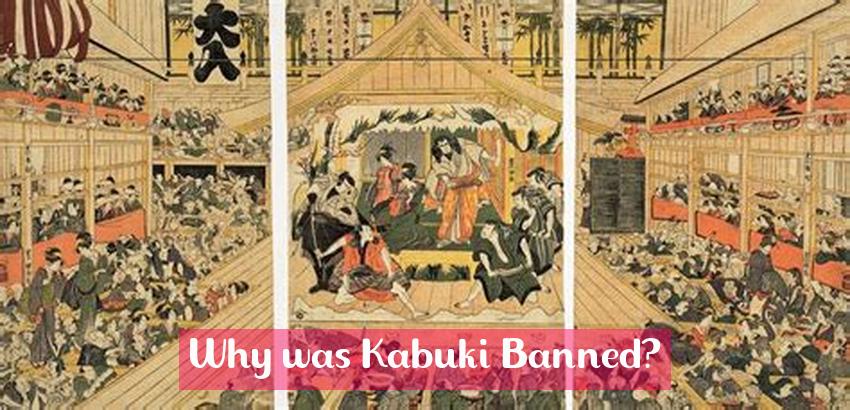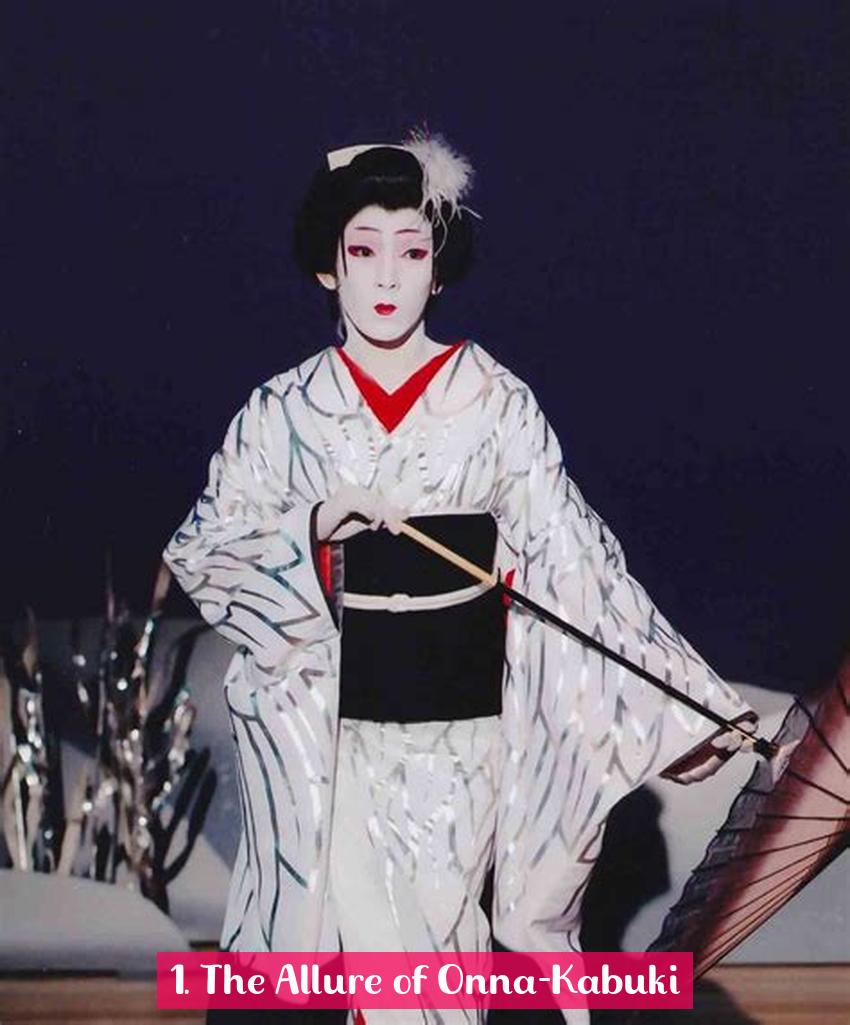Unveiling the mystery behind the ban on Kabuki – a captivating tale of tradition, controversy, and cultural evolution. Join us as we delve into the fascinating history of Onna-Kabuki and explore the reasons behind its prohibition. From the rise of this alluring art form to the moral concerns and the Shogun’s decisive edict, we unravel the captivating story that shaped the enduring legacy of Kabuki. So, why was Kabuki banned? Let’s embark on this intriguing journey to uncover the truth.
Key Takeaways
- Kabuki was banned because onna-kabuki, a form of women’s kabuki, was considered too erotic and was believed to have a deleterious effect on public morality.
- The ban on onna-kabuki in 1629 was enforced by the shogun Tokugawa Iemitsu, who accused the women performers of being prostitutes and subsequently banned all women from performing the dances.
- As a result of the ban, male actors began to play both male and female roles in kabuki performances, leading to the present all-male theatrical form of kabuki.
- Despite the ban on onna-kabuki, kabuki as a whole remains the most popular traditional style of Japanese drama today.
- The ban on onna-kabuki was a response to the raucous and often violent atmosphere of kabuki performances, which attracted the attention of the ruling Tokugawa shogunate and led to stricter regulations and eventual prohibition.
Why was Kabuki Banned?

Kabuki, the traditional Japanese theater known for its intricate costumes, elaborate makeup, and dynamic performances, has captivated audiences for centuries. However, in its early years, it faced a significant obstacle that led to its prohibition: the ban on female performers, known as onna-kabuki. This prohibition, implemented in 1629, had a profound impact on the art form, shaping its evolution and leading to the all-male kabuki troupes that exist today.
The Rise and Popularity of Onna-Kabuki
1. The Allure of Onna-Kabuki

The origins of kabuki can be traced back to the early 17th century, when Izumo no Okuni, a female shrine dancer, introduced a new style of entertainment that combined dance, music, and drama. This new art form, known as onna-kabuki, quickly gained popularity, captivating audiences with its vibrant performances and the allure of female performers.
2. Onna-Kabuki’s Growing Influence
As onna-kabuki’s popularity soared, it began to exert a significant influence on Japanese society. The theaters where onna-kabuki was performed became centers of entertainment and social gatherings, attracting people from all walks of life. The actors and actresses of onna-kabuki became celebrities, and their personal lives and scandals were often the subject of gossip and speculation.
The Ban on Onna-Kabuki
1. Moral Concerns and Public Perception
The growing popularity of onna-kabuki also raised concerns among the ruling Tokugawa shogunate, the military government of Japan at the time. The shogunate was concerned about the perceived immorality of onna-kabuki performances, which often featured suggestive dancing and risqué costumes. They believed that onna-kabuki was corrupting public morals and undermining the social order.
Don’t Miss – Unveiling the Truth: Is Hyunjin Allergic to Cats and Could It Be a Dealbreaker?
2. The Shogun’s Edict
Discover: Unveiling the Enigmatic Wakashu: Exploring Japan’s Third Gender in Edo Period and Beyond
In 1629, Tokugawa Iemitsu, the third Tokugawa shogun, issued an edict banning onna-kabuki. The edict accused the female performers of being prostitutes and declared that all women were prohibited from performing kabuki. This ban effectively put an end to onna-kabuki, and it would not be until the late 19th century that women would be allowed to perform kabuki again.
The Aftermath of the Ban
1. The Rise of All-Male Kabuki
The ban on onna-kabuki had a profound impact on the art form. With female performers no longer allowed, male actors began to take on both male and female roles. This led to the development of the all-male kabuki troupes that are still seen today. Male actors underwent rigorous training to master the art of playing female characters, and they developed specialized techniques to convey femininity through their movements and expressions.
2. Kabuki’s Enduring Legacy
Despite the ban on onna-kabuki, kabuki as a whole continued to flourish. The all-male kabuki troupes honed their craft, and the art form evolved and developed over the centuries. Today, kabuki is considered one of Japan’s most important traditional performing arts, and it is enjoyed by audiences around the world.
Conclusion
The ban on onna-kabuki was a significant event in the history of kabuki. It had a profound impact on the art form, leading to the rise of all-male kabuki troupes and shaping the way kabuki is performed today. Despite the ban, kabuki has endured and thrived, becoming a beloved and celebrated part of Japanese culture.
Why was onna-kabuki banned in 1629?
Answer: Onna-kabuki, a form of women’s kabuki, was banned in 1629 because it was considered too erotic and was believed to have a deleterious effect on public morality. The shogun Tokugawa Iemitsu accused the women performers of being prostitutes and subsequently banned all women from performing the dances.
Why did male actors begin to play both male and female roles in kabuki performances?
Answer: Male actors began to play both male and female roles in kabuki performances after the ban on onna-kabuki in 1629, which led to the present all-male theatrical form of kabuki.
Is kabuki still popular today?
Answer: Yes, kabuki remains the most popular traditional style of Japanese drama today.
Was kabuki invented by a woman?
Answer: Kabuki is thought to have originated in the early Edo period when the art’s founder, Izumo no Okuni, formed a female dance troupe that performed dances and light sketches in Kyoto. However, the art form later developed into its present all-male theatrical form after women were banned from performing in kabuki theatre in 1629.
What led to the ban on onna-kabuki?
Answer: The ban on onna-kabuki was a response to the raucous and often violent atmosphere of kabuki performances, which attracted the attention of the ruling Tokugawa shogunate and led to stricter regulations and eventual prohibition due to concerns about corrupting public morals.







